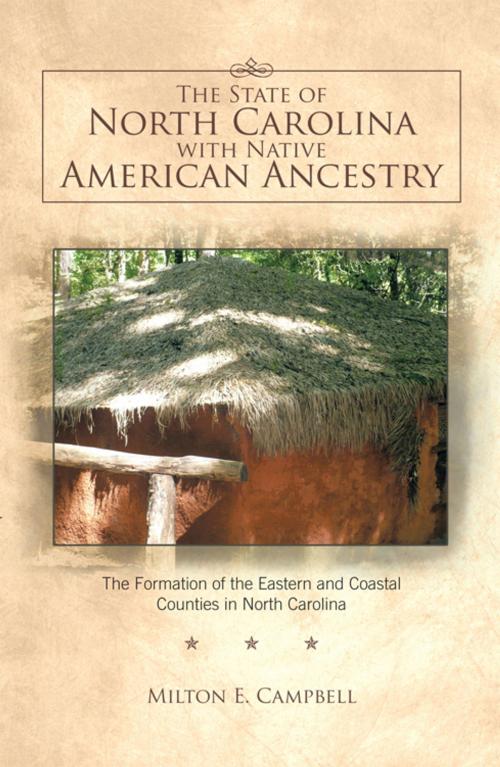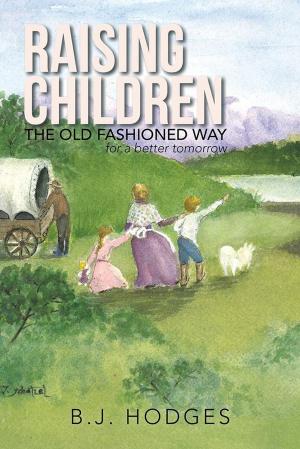The State of North Carolina with Native American Ancestry
The Formation of the Eastern and Coastal Counties in North Carolina
Nonfiction, History, Americas, Native American| Author: | Milton E. Campbell | ISBN: | 9781426957475 |
| Publisher: | Trafford Publishing | Publication: | May 9, 2011 |
| Imprint: | Trafford Publishing | Language: | English |
| Author: | Milton E. Campbell |
| ISBN: | 9781426957475 |
| Publisher: | Trafford Publishing |
| Publication: | May 9, 2011 |
| Imprint: | Trafford Publishing |
| Language: | English |
More than 50,000 Indians lived in the area now known as North Carolina at the time of Christopher Columbuss arrival in the New World. The Formation North Carolina Coastal and Eastern Counties examines the history of this Native American Indian population. It also focuses upon the formation of North Carolina from colonial times; tracing the origins of its earliest settlers, including Native Americans. By the middle of the nineteenth century, the number of American Indians on official census rolls had been reduced drastically, possibly due to the threat of removal of people identified as Indians. Still, the Indian population thrived in spite of governmental attempts to remove them. Author Milton E. Campbell offers extensive documentation of the survival of Native American Indians and their culture into the twenty-first century in North Carolina. The first three chapters of the book lay the foundation for chapters discussing individual Native American Tribes within North Carolina. Also included is an overview of the surnames that were identified as Indian names in the 1900 Census of Robeson County. The conclusion includes three short personal interviews on Native American ancestry in North Carolina Coastal and Eastern Counties. Explore the intriguing and fascinating history of eastern North Carolina with this detailed, engaging study.
More than 50,000 Indians lived in the area now known as North Carolina at the time of Christopher Columbuss arrival in the New World. The Formation North Carolina Coastal and Eastern Counties examines the history of this Native American Indian population. It also focuses upon the formation of North Carolina from colonial times; tracing the origins of its earliest settlers, including Native Americans. By the middle of the nineteenth century, the number of American Indians on official census rolls had been reduced drastically, possibly due to the threat of removal of people identified as Indians. Still, the Indian population thrived in spite of governmental attempts to remove them. Author Milton E. Campbell offers extensive documentation of the survival of Native American Indians and their culture into the twenty-first century in North Carolina. The first three chapters of the book lay the foundation for chapters discussing individual Native American Tribes within North Carolina. Also included is an overview of the surnames that were identified as Indian names in the 1900 Census of Robeson County. The conclusion includes three short personal interviews on Native American ancestry in North Carolina Coastal and Eastern Counties. Explore the intriguing and fascinating history of eastern North Carolina with this detailed, engaging study.















